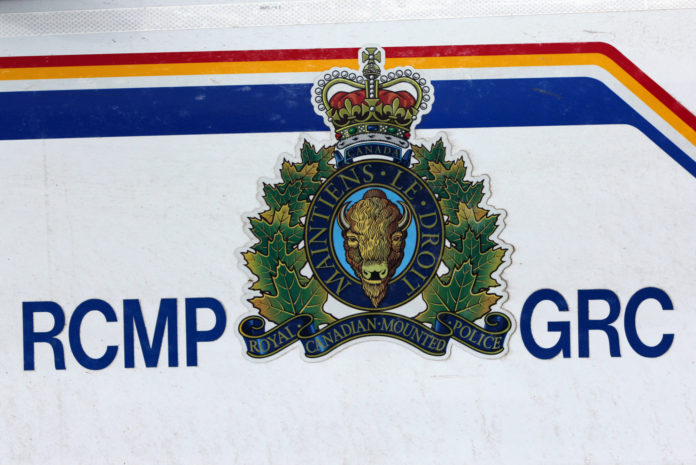
Bianca Bharti, Daily Herald
Saskatchewan’s police-reported crime rate and crime severity index saw a decline for 2017, according to numbers released by Statistics Canada on Monday.
The latest numbers on crime show “positive trends, as well as… ongoing challenges,” according to an RCMP press release.
Saskatchewan’s police-reported crime rate and crime severity index (CSI) saw overall decreases year over year in 2017, while particular crime rates went up, according to a report released by Statistics Canada on Monday.
The province saw a three per cent decline in the police-reported crime rate and a six per cent decrease in the CSI.
Traditional crime rate counts all offences equally and is expressed at a rate per 100,000 people. CSI takes into consideration the “weight” of the offence on top of the number of crimes reported, according the report.
At the national level, rural crime continued to be an issue last year, particularly in the prairie provinces. Over one-fifth of reported crime across the country took place in rural areas.
Saskatchewan’s rural crime rate was 36 per cent higher than its urban crime rate, with increases in property and violent crime contributing to the larger figure.
The province’s RCMP said they are working with communities and other agencies to develop rural crime watch programs.
Lower rates of homicide, fraud and breaking and entering contributed to the province’s six-per-cent decrease in CSI. Also, local police detachments changed the classification of alcohol consumption on dry reserves because federal prosecutors advised they would no longer prosecute “Indigenous community by-law infractions under the Indian Act.” The detachments then started reporting the offences as “mischief” or “disturbing the peace.”
Violent firearm offences affected the CSI with a 48 per cent increase in 2017. “While that is highly concerning to the RCMP, it is worth noting that we have started seeing a decline in those numbers through the first half of 2018,” the RCMP press release said.
Reported fraud and impaired driving went down in Saskatchewan, 14 per cent and five per cent respectively.
Out of all the provinces, Saskatchewan saw the largest decrease in the number of homicides, by 17 per cent in 2017, but still has the second-highest homicide rate — that is, number of homicides per 100,000 people — at 3.18 per 100,000 people. Manitoba holds the highest homicide rate for the provinces at 3.51 homicides per 100,000.
Saskatchewan RCMP said “community engagement” is a top priority when addressing crime issues. “Detachments across the province conducted Town Hall meetings in 2018 to hear community safety concerns and develop long-term policing plans and priorities.”
Nationally, CSI increased again for the third year, up by 2 per cent for 2017. An increased number of sexual assault reports, possession of stolen property and homicides contributed to the number.
Statistics Canada attributes the MeToo social movement as one of the reason for increased sexual assault numbers and the Quebec mosque shooting in January 2017 as reasons for the higher CSI.

